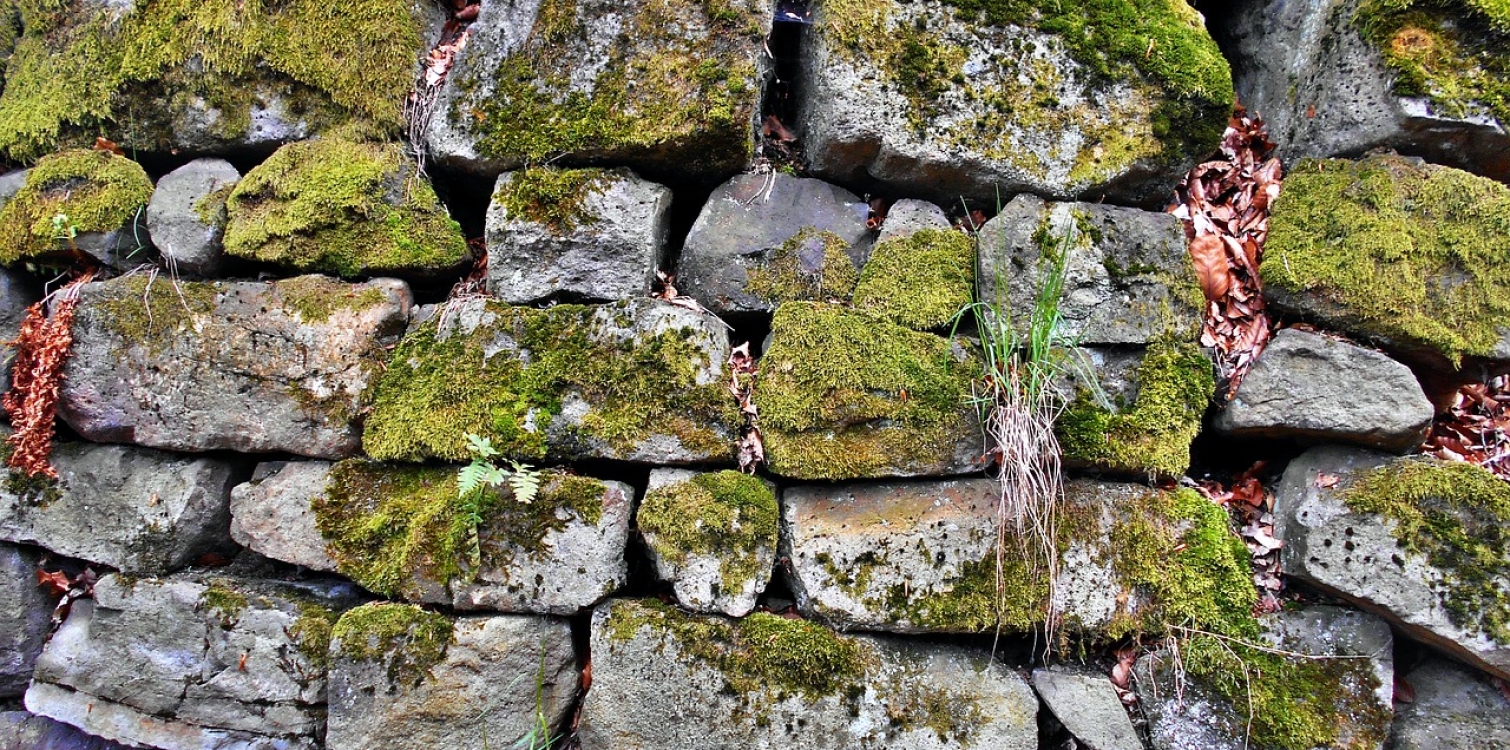You most often come across piles of stones stacked into walls in the Karst region and Istria. However, they can also be found in our Alps. The construction of walls, fences, and buildings from stones without using any binding material is known as dry stone construction.

Source: Pixabay
The simplest method is to use stones gathered from clearing the immediate surroundings and stack them into piles. By collecting and using these stones, land is both tidied and cleaned, creating cultivable areas while simultaneously constructing stone structures and buildings.
The alpine region has limited areas naturally suited for cultivation or agricultural use. To settle and survive in such an environment, adapting to the landscape’s characteristics is essential. One method of adaptation is the use of higher-altitude lands on mountain pastures for livestock farming—grazing and haymaking. Another example of adapting to the environment is dry stone construction.
The construction methods vary from village to village and differ between the Karst region and the alpine areas. Our ancestors cleared numerous fields, meadows, and other surfaces of stones, then skillfully built a variety of walls and other structures using the dry stone technique.
These walls serve, or once served, various purposes: fencing off cultivated and grazing areas, marking boundaries, providing protection, support, and leveling of the land.
In recent decades, such walls and other structures have been left to deteriorate due to changes in lifestyle, advancements in technology, and the decline in agricultural activity, as no one takes care of their maintenance anymore.
DID YOU KNOW?
- Stones in the walls absorb and retain heat, making the walls suitable for reptiles to lay their eggs. Reptiles primarily lay their eggs at the base of the wall, where there is more moisture.
- You can spot Alpine dry stone walls and cairns (piles of stones) in Stara Fužina in Bohinj and in Trenta; stone dry walls are one of the attractions at Kamen on the cycling route from Tolmin to Kobarid.
- In 2016, dry stone construction was registered as a special spatial and craft knowledge in the Register of Intangible Cultural Heritage of Slovenia. In 2018, Slovenia, together with seven other countries, included this skill on UNESCO's Representative List of the Intangible Cultural Heritage of Humanity.
Thank you.

